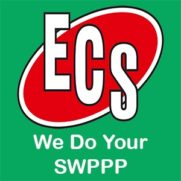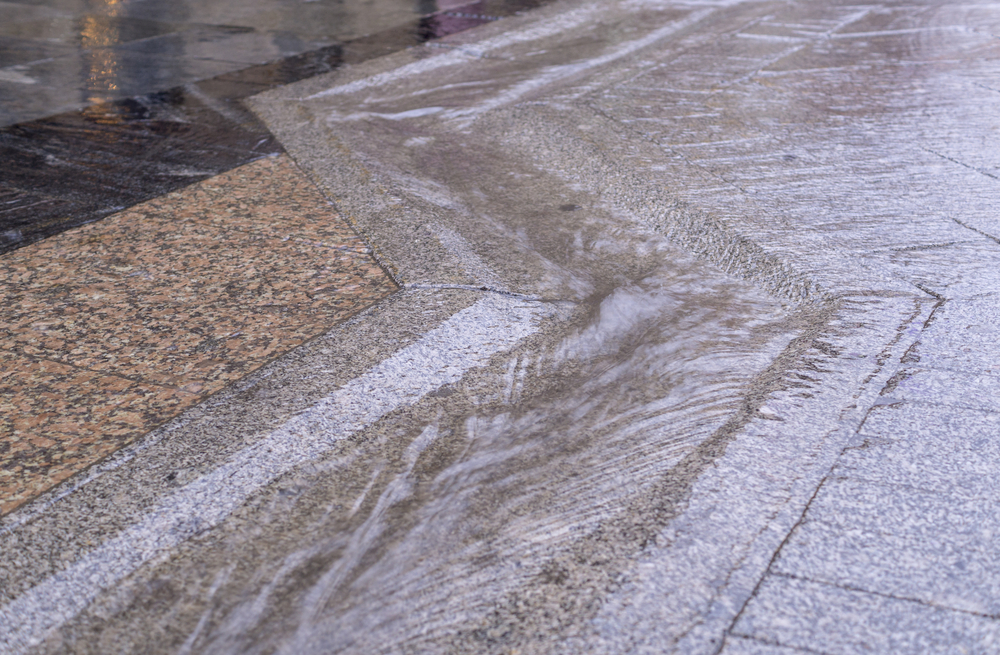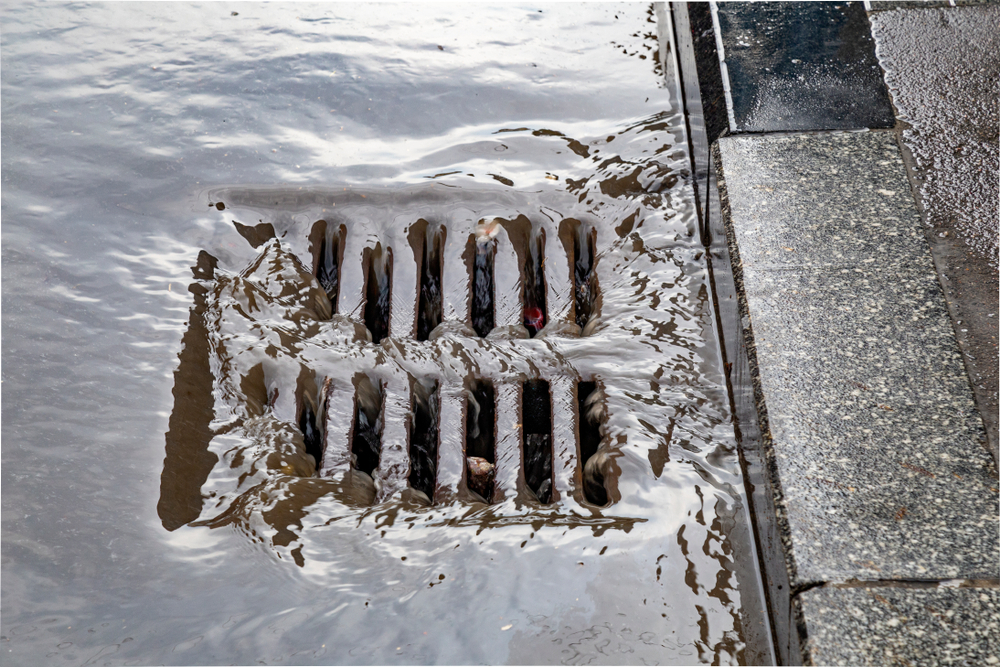Every new development needs to have a stormwater pollution prevention plan (SWPPP), but some developments may require a National Pollutant Discharge Elimination System (NPDES) permit. Here is what you need to know about NPDES permits to learn whether it’s something you are required to get.
What It Is
Discharging any pollutants through a point source into any waterway in the U.S. is prohibited by the Clean Water Act, but NPDES permits allow you to discharge items classified as pollutants within certain limitations. The permit specifies how that will be monitored, what can be discharged, and how you must report those activities to ensure the health and safety of the water and the health and safety of local residents.
Defining the Terms
There are three key terms in the Clean Water Act that are all pretty broad, but you should understand to determine if you need a permit:
- Point Source: anything confined that conveys pollutants, such as ditches, channels, tunnels, pipes, conduits, or containers, and can also include animal feeding operations or floating vessels
- Waterway: navigable waters and their tributaries, interstate waters, intrastate recreational or fishing waterways, and 200 miles out in the ocean
- Pollutants: any type of industrial, agricultural, or municipal waste that is discharged into water; examples include dredged soil, solid waste, sewage, garbage, chemical waste, radioactive materials, munitions, and more
Determine if You Need an NPDES Permit
You will need an NPDES permit if:
- You are developing land or have developed land with a point source that is discharged directly into a waterway (see definitions above, or find more detail on the EPA’s website).
You may need an NPDES permit if:
- Your point source discharges into a municipal storm sewer system; check with the NPDES permitting authority to find out if you need one in this case.
You do not need an NPDES permit if:
- Your point source discharges into a municipal sanitary sewer system; however, the municipality may have its own permitting requirements that you should ask about to ensure compliance.
Companies can apply for NPDES permits through the state of Utah, which is fully authorized from the EPA to issue them.
If you have questions about NPDES permitting, SWPPP requirements, or anything else with stormwater management for your development in Utah, call the experts at Erosion Control Services to help.



